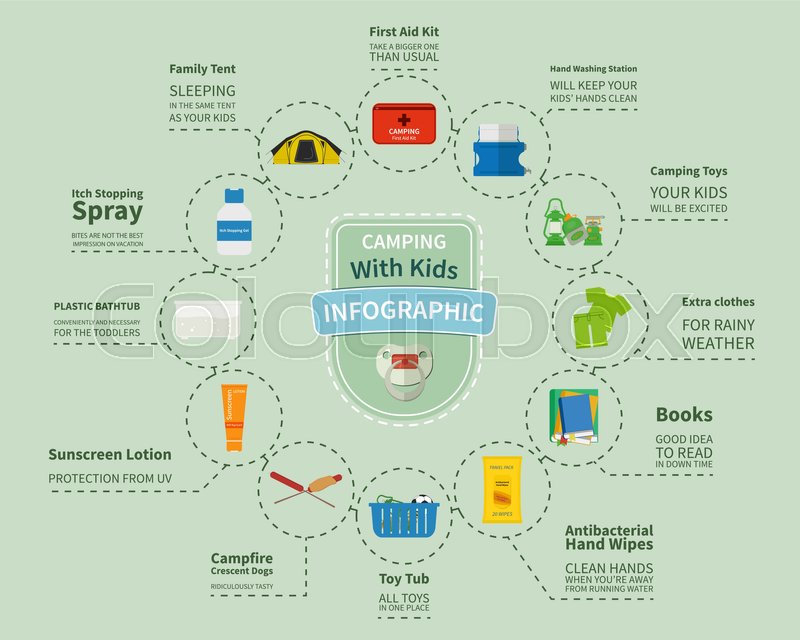Polyester fabric locates a diverse range of applications throughout the garment industry. Whether you're an artist seeking a steady paint surface or a supplier seeking solid ornamental products, polyester canvas provides the appropriate balance of toughness, versatility and eco-friendly qualities.
However, some individuals choose cotton for its breathability and softness. Garment designers may want to take into consideration a 50/50 Cotton/Polyester mix for tasks that need both sturdiness and comfort.
Expense
Cotton canvas is a lot more expensive than polyester because of its resource-intensive cultivation procedure. It additionally requires mindful handling and storage space to preserve its high quality gradually. These included expenses can increase the general expense of production for artists and suppliers.
Another drawback to cotton canvas is its vulnerability to fading and damages from UV direct exposure. This can cause lowered color vibrancy gradually and a loss of structural stability, specifically in locations that experience regular contact or hefty load-bearing.
In contrast, polyester is a synthetic fiber that's engineered for consistency and sturdiness. This makes it an extra cost-effective choice for manufacturers and buyers, particularly in areas where longevity is a leading concern. The material's stamina also supplies better resistance to creases and breaking gradually. The synthetic nature of polyester, however, can leave a larger environmental impact than cotton canvas if it's not sourced from organic or low-impact systems. This is an essential consideration for companies striving for sustainability and eco-conscious branding.
Durability
In the marketplace for canvas rolls, customers face a wide range of alternatives with completing concerns. Cotton provides natural appearance and breathability, suitable for brands focused on sustainability and craftsmen workmanship. Polyester, on the other hand, delivers a balanced mix of stamina and stability and printing efficiency with shade vibrancy and durability.
Inevitably, the fabric you pick for your products have to mirror the directing principles of your brand name tale and values. While cotton can supply a costs aesthetic, it's additionally prone to shrinkage and upkeep expenses, while polyester allows better manufacturing performance and lasting cost effectiveness.
Both textiles are durable and execute well in moist environments, but their contrasting high qualities make them appropriate for various applications. Cotton canvas is extra breathable, lowering the risk of mold and mildew in areas with high moisture. Polyester, on the other hand, is waterproof and dries promptly in atmospheres where wetness can be problematic. This can decrease the threat of moisture accumulation in the material, avoiding bending or rot in your product gradually.
Comfort
When evaluating material alternatives for your brand name-- whether you're beginning a workwear line or a relaxing loungewear brand name-- the sort of cotton or polyester canvas you select influences exactly how your items look, feel, and use. While all canvas types sustain print-on-demand and provide high form security, they vary in shade presentation and printing durability, comfort, and sustainability.
Cotton and cotton-polyester blends provide a soft appearance, natural organic look, and superior warmth equilibrium compared to artificial choices. Cotton's fibers wick dampness far from the skin and enable warmth to leave, making it suitable for clothes that requires extended wear in warm settings.
On the other hand, polyester's artificial nature and petroleum-based manufacturing process have a negative power balance, which can make it less eco-friendly than cotton in the long run. Polyester's abrasion resistance and water-repellency are excellent, nevertheless, which makes it the perfect selection for heavy tons or harsh weather conditions like rainstorms or aquatic setups.
Ecological Impact
Whether selecting cotton or polyester, the perfect material for custom-made manufacturing relies on item efficiency objectives. Strength, resilience, and durability are very important elements when creating items that will certainly withstand repeated abrasion, heavy load-bearing, or high anxiety factors. Water resistance, joint integrity, and UV stability are additionally crucial to lasting success in outside and wet environments.
While both fabrics can perform well in these locations, their environmental effect is somewhat various. Cotton's all-natural, breathable building and construction needs substantially more resources for cultivation than polyester's artificial fibers.
When tent footprint selecting an eco sustainable material, take into consideration a large range of effect analysis approaches to assess the complete ecological impact of your item. Some focus on particular influences (like global warming potential, water use, and scarcity) while others count on even more holistic evaluations like Dish, ILCD, CML, and Eco-indicator 99.
